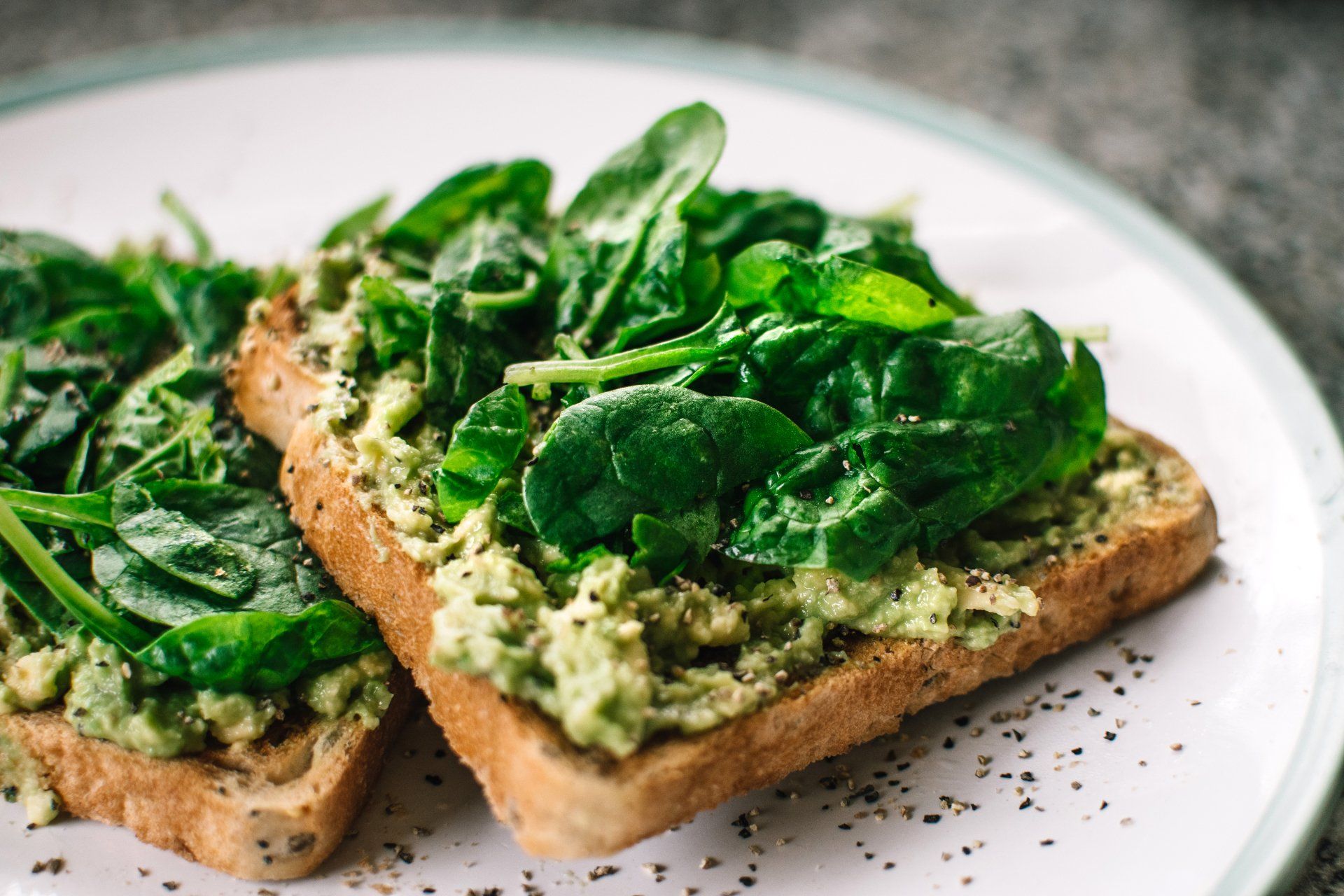Celiac Disease
Celiac Disease
May is Celiac awareness month so I thought that I would do a blog post about what exactly is celiac. This subject is very dear to me because I have celiac disease. I was first diagnosed in November of 2011 (after spending my whole life with stomach issues) and all I was told was to eat a gluten free diet. I wasn't given any information or referred to a dietitian or a nutritionist. My first thought was what the heck is gluten and then I went into crazy research mode. Fast forward to today and I am now a Certified Holistic Nutritionist (thank you celiac for my passion for food and its power to heal) and am living a very healthy and gluten free life.
Now for those that don't know what gluten is, like me all those years ago, let me explain. Gluten is a structural protein naturally found in certain grains like wheat, rye, barley to name a few. Now if you have Celiac disease when you eat any form of gluten your immune systems sees gluten as a threat an mounts an attack which in return damages the villi of the small intestine and interferes with the absorption of nutrients from the food you eat.
Celiac disease is an autoimmune disease (genetic) and it is estimated that 1 in 133 Americans, or about 1% of the population, have celiac disease. Celiac disease can affect both women and men of all ages and races. On average it takes 6-10 years for an individual to be diagnosed with celiac disease and it is estimated up to 83% of Americans who have celiac are undiagnosed or misdiagnosed with other conditions. The reason that so many people are misdiagnosed is because there are more than 300 known symptoms of celiac and the symptoms can be the same as other things like IBS/IBD, colitis, and lactose intolerance to name a few.
Celiac looks different for each person also. For some it can be abdominal pain, bloating and diarrhea (this was me), while others it can be anxiety or depression or brain fog. Some people develop symptoms early in life while others well into adulthood and some may never have symptoms at all. Celiac can lead to a number of other disorders including infertility, reduced bone density, neurological disorders and other autoimmune disease. It has been estimated that 5-22% of people with celiac disease have an immediate family member (first-degree relative) who has celiac disease. There is no pharmaceutical treatments or cure for celiac disease. A 100% gluten-free diet is the only existing treatment for celiac disease or non-celiac gluten sensitivity (up to 6% of Americans have this).
Some Common Signs and Symptoms of Celiac Disease:
* Anemia
* Anxiety
* Bloating or gas
* Brain fog
* Constipation
* Depression
* Diarrhea
* Fatigue/tiredness
* Headaches or migraines
* Itchy skin rash
* Joint Pain
* Poor weight gain (especially in children)
* Tingling/numbness/neuropathy
If you suspect that you may have celiac than please see your doctor.
This is not intended to diagnose, treat, cure, or prevent any disease.

